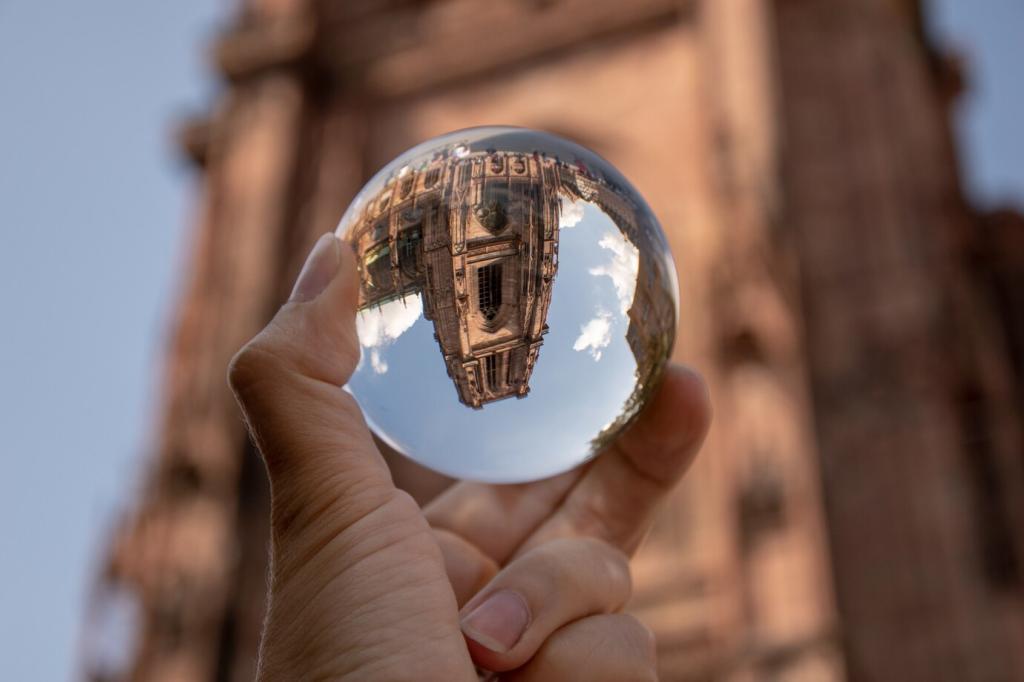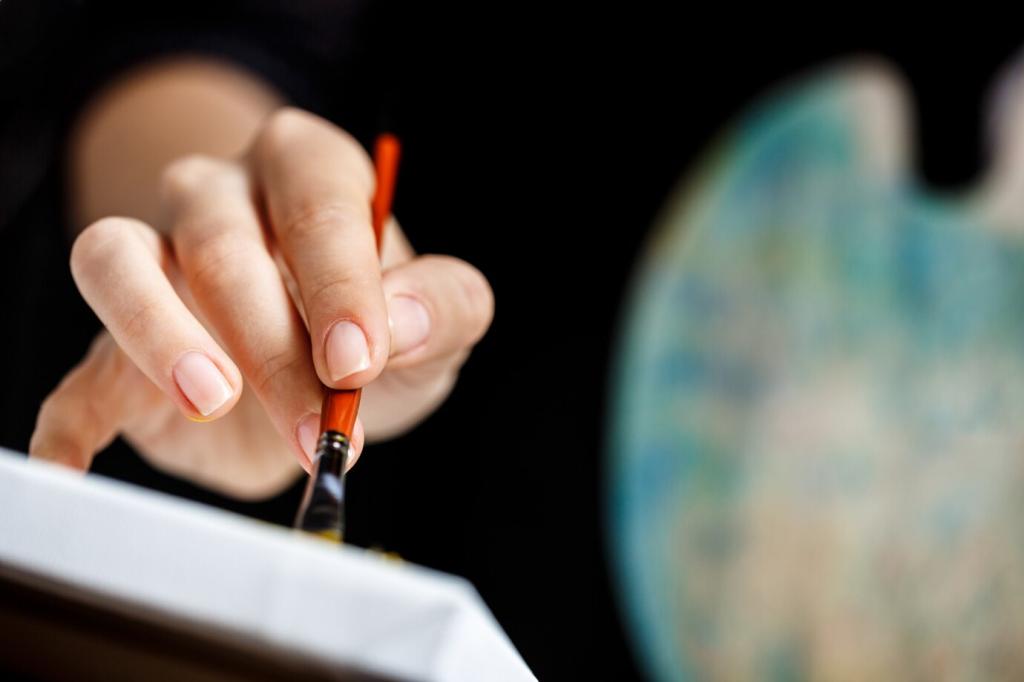Materials and Techniques for Cross-Cultural Texture
Build depth with layered plaster or lime render, then brush and scrape for light-catching relief reminiscent of thick oil paint. In 3D scenes, normal maps mimic ridges and ridged brushwork. Sunlight will dramatize peaks at golden hour. Test small swatches first and photograph them as references for your color grading workflow.
Materials and Techniques for Cross-Cultural Texture
Let bold, single gestures guide layout decisions: a pathway drawn in one confident sweep, a dry stream bed raked to suggest ink wash gradations. Complement with bamboo textures and spare plantings. In illustration, a single brushstroke can define a hillside. Share your one-stroke studies and tell us what mood they capture.



